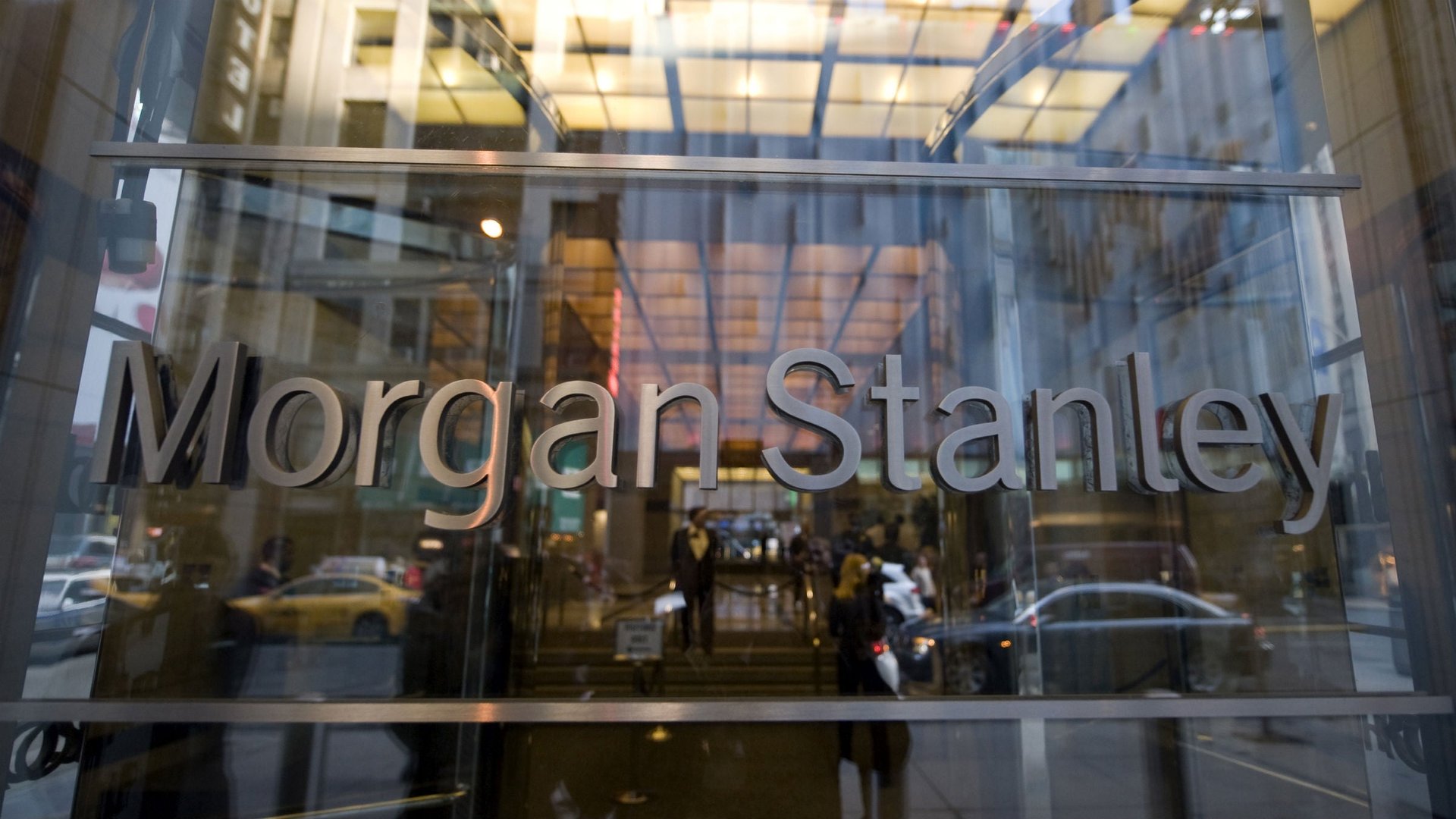Good news! Morgan Stanley is looking increasingly boring
We love boring banking. And we’re not alone.


We love boring banking. And we’re not alone.
In general you don’t really want bankers to be exciting, either on the way up—because they are devouring all of the money in the universe—or on the way down, when the public is forced to bail them during the inevitable financial crisis that follows.
So we’re heartened by Morgan Stanley’s earnings report this morning, which, at least on the face, suggests that the investment bank may be getting less and less interesting. For one thing, Morgan seems to be relying more on the snooze-worthy “wealth management” business for its profits. It’s not the only one. Goldman Sachs—the epitome of the swash-buckling, bonus-bagging, trader-dominated investment bank during Wall Street’s most recent boom—recently announced plans for a “private bank” for the wealthy. The profits generated by such a bank are a pittance compared to what the trading desks once did. But the financial crisis and deep recession that followed showed that a focus on trading—while profitable for banks at first–turned out to be not-such-a-great thing for the the US and global economies. (Or the banks themselves, in the long run.)
It’s also worth remembering that it wasn’t too long ago that Morgan Stanley was getting scarily interesting. As the New York Times reported last time MS reported earnings:
For much of the year, Morgan Stanley lived under the threat of a big, three-notch rating downgrade by Moody’s Investors Service. Ratings downgrades are bad news for any company, particularly financial institutions that depend on the confidence of their creditors and the companies they trade with. In June, Moody’s downgraded Morgan Stanley two notches to Baa1. That was not as far as some had feared, and resulted in a bump in business in the most recent quarter.
This quarter, Morgan Stanley also reported that it plans to further reduce its “risk-weighted assets,” basically a measure of the size of its holdings of risky bonds and stocks. Bloomberg reports:
The company plans to cut risk-weighted assets within fixed- income and commodities. The firm has already reached its goal for 2013, which was $280 billion, down from $390 billion in the third quarter of 2011, the firm said in a presentation today. Morgan Stanley will continue cutting assets to arrive at less than $200 billion by 2016, according to the presentation.
We’d point out one big asterisk on this last number however. There’s a working—and completely fictional—assumption in financial markets that government bonds from credit-worthy countries—like the US—are risk free. They’re literally called “risk free.” And they’re treated as such. In other words, banks could be getting pats on the back for cutting down their risk-weighted assets while at the same time beefing up big bets on government bond markets that are essentially invisible in the numbers. Remember, bond prices fall when interest rates rise. That rise in interest rates could translate into huge losses for banks on their “risk free” bonds. Just something to keep in mind.